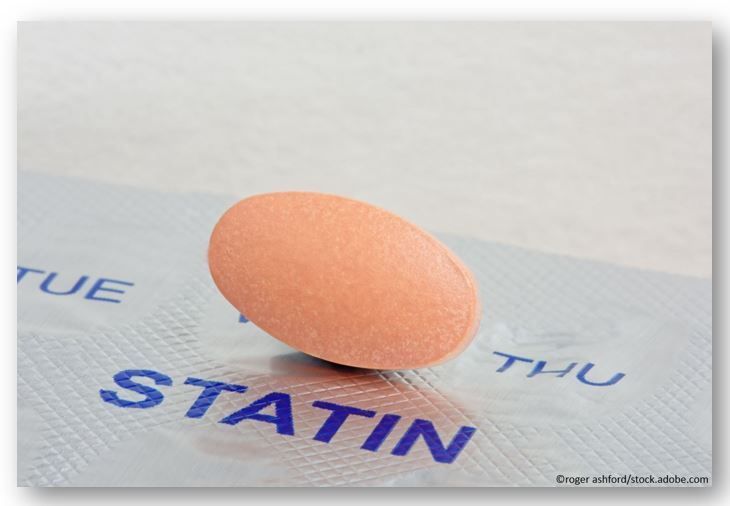New Data Show Older Statin Initiators Experience Greater Reductions in LDL-C Levels vs Younger Counterparts
Findings suggest low- to moderate-intensity statins may be more appealing as initial treatment in older persons at a higher risk for adverse events, say authors.

New findings from a nationwide Danish cohort study show that low- to moderate-intensity statins are associated with a greater reduction in low-density lipoprotein cholesterol (LDL-C) levels in adults aged ≥75 years than those aged ≤50 years.
“Low- to moderate-intensity statins were associated with a greater reduction in LDL-C levels in older persons than younger persons and may be more appealing as initial treatment in older persons who are at increased risk for adverse events,” wrote authors of the study published August 1, 2023, in the Annals of Internal Medicine.
Recommendations for the use of statins for primary or secondary prevention are based on clinical trials that “underrepresent persons older than 75 years,” continued researchers. For this reason, they designed the current study to examine the association between age and LDL-C reduction by statin therapy in persons in Denmark between 2008 and 2018.
The cohort included 82 958 participants who received simvastatin or atorvastatin, who had LDL-C levels measured before and during statin use, according to the study abstract. Among the study cohort, 10 388 (13%) of participants were aged ≥75 years.
The main outcomes were statin response—defined for the purpose of the study as the percentage reduction in prestatin LDL-C level—and percentage reduction differences (PRDs) according to age and simvastatin or atorvastatin dose based on a longitudinal model for LDL-C.
Results showed that participants aged ≥75 years experienced greater reductions in LDL-C levels compared to those aged ≤50 years:
- 39% vs 33.8% for those who received simvastatin 20 mg
- 44.2% vs 40.2% for those who received atorvastatin 20 mg
Investigators noted the adjusted PRD for adults aged ≥75 years compared to those aged ≤50 years was 2.62 percentage points. This association, they added, was consistent for primary prevention (2.54 percentage points) and secondary prevention (2.32 percentage points) but smaller for those who initiated high-intensity statins (atorvastatin 40 mg: 1.36 percentage points; atorvastatin 80 mg: −0.58 percentage point).
Limitations to the current study include the use of administrative data, lack of data on body mass index, and the mainly White study population, which “may limit generalizability,” wrote researchers.
Newsletter
Enhance your clinical practice with the Patient Care newsletter, offering the latest evidence-based guidelines, diagnostic insights, and treatment strategies for primary care physicians.